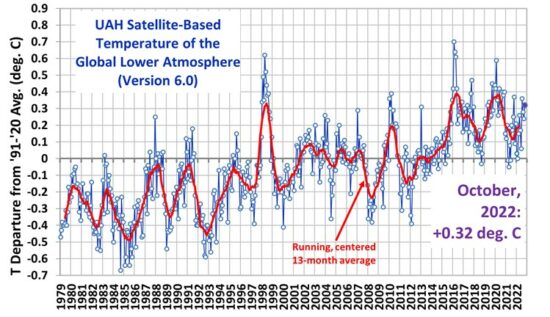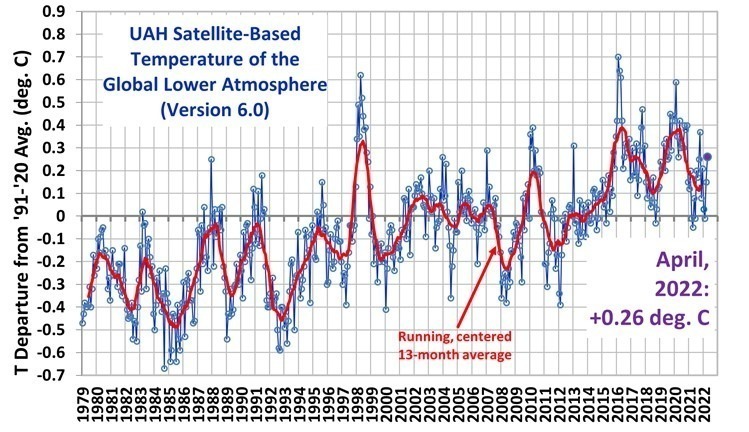The actual source of the heating.
The sun itself has a few different characteristics or behavioural factors each playing a part in the heating effect on the earth:
Solar Irradiance
Solar Flares/Sunspots
Magnetic effects
These are given their own pages as a subset of ‘Sol’.
Ferdinand Engelbeensaid 1 day ago:
KR says: December 17, 2011 at 8:56 pm
Really? Total solar light energy is not relevant? What a curious remark – it should at least be a major factor. As I recall from reading Foster and Rahmstorf, they tried TSI, sunspot number, and a few other proxies for solar influence
In all current climate models, TSI is used as one of the forcings. But that underestimates the real influence of the sun: The about small change in direct total energy does hide the 10% change in UV and other higher energy waves. The change in UV has a huge influence in the lower stratosphere, including changes in ozone formation, ITCZ and jet stream position followed by changing cloud/rain patterns. Not to mention other mechanisms that influence cloud amounts on short and long term. That further drives ocean heat content as heat buffer, including that solar energy penetrates the surface several tens of meters, while backradiation IR from GHGs is absorbed in the upper fraction of a mm of the oceans, leading to direct reradiation/reflection or evaporation. Thus pure TSI as forcing neglects the differences between the different forcings. 1 W/m2 solar change is not equal to 1 W/m2 caused by GHG changes… See further: http://climate.envsci.rutgers.edu/pdf/StottEtAl.pdf
https://wattsupwiththat.com/2017/06/10/indirect-effects-of-the-sun-of-earths-climate/
http://beforeitsnews.com/story/1452/028/Shocked_Scientists_Ask:_Is_The_Sun_Is_Dying.html
http://www.solen.info/solar/ records of solar activity
http://www.leif.org/research/The%20long-term%20variation%20of%20solar%20activity.pdf





solar energy is really good for us.http://www.tei-n.com/solarenergy/
You could certainly argue that nalery all parts of the world would highly benefit from wind energy.But I suppose that the “best” areas would be along the coastlines, as those are the areas with a favorable combination of wind strength/speed and endurance/sustained wind. It’s also very beneficial since an enormous fraction of the total world population lives near the coast in the first place.Mid-continents also receive favorable wind patterns, but there aren’t usually very many people around to benefit in those areas. Naturally, though, a proper electrical infrastructure could carry electricity generated in these areas to more distant locales.